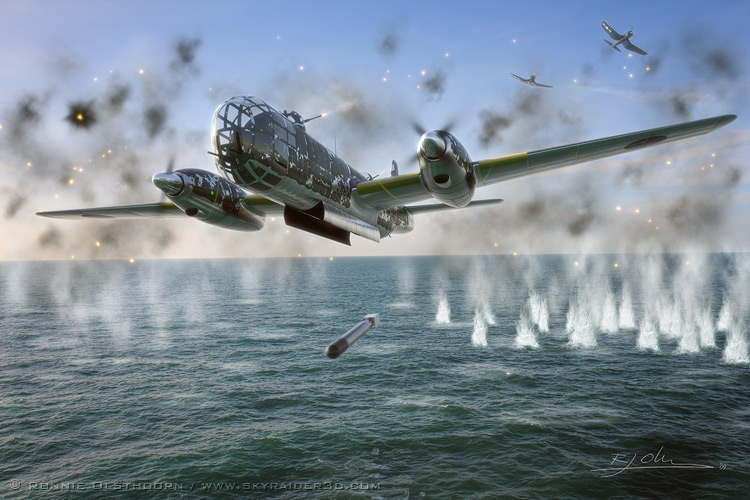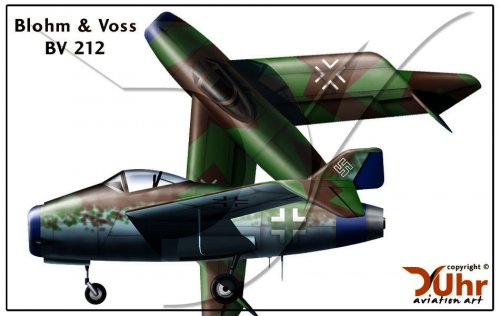;D The Mayans may disagree with all the 2012 doom and gloom. ;D
At any rate, the tentative aircraft slated for the companion volume are:
Imperial Japanese Army Air Force:
Tachikawa Ki-104 fighter
Kawasaki Ki-48-II Kai and Ki-174 suicide light bomber
Nakajima Ki-117 high altitude fighter
Kawasaki Ki-119 light bomber
Kayaba Ka-1/Ka-2 autogyro
Kobeseiko Te-Go army cooperation plane
Kawanishi Ki-85 heavy bomber
Nakajima Ki-86 heavy bomber
Mitsubishi Ki-90 heavy bomber
Mitsubishi Ki-95/Ki-103 reece plane/escort fighter
Mitsubishi Ki-109 heavy interceptor
Kawasaki Ki-108 high altitude, twin-engine fighter
Mitsubishi Ki-167 suicide bomber
TB strategic long range bomber
Ku-17 glider
Mitsubishi Ki-97/Ki-112 escort/heavy fighters
Imperial Japanese Navy Air Force:
Hitachi "He-Type" heavy bomber
Aichi S1A Denko night fighter
Mitsubishi Q2M1 ASW bomber
Kawanishi G9K Gunzan bomber
Mitsubishi Rifuku carrier fighter
Kawanishi K-100 bomber
Aichi B8A Mokusei torpedo bomber
Kyushu Q3W1 Nankai ASW aircraft
Kawanishi K-60 flying boat
Nakajima G8M Renzen four-engine bomber
Yokosuka D5Y1 Myojo Kai suicide aircraft
Mitsubishi G6M1 Wingtip Convoy Fighter
Kawanishi K-120 flying boat
Yokosuka MXY4 radio-controlled target
Hiro H7Y1 flying boat
Pre-War:
IJA:
Koshiki A-3 long range recce aircraft (1924)
Gasuden Koken long range research aircraft (1937)
Mitsubishi Ki-20 four-engine bomber (1931-1935)
IJN:
Mitsubishi 1MT1N torpedo carrier (1922-1923)
Mitsubishi 2MR1 Tobi reece aircraft (1927)
Nakajima B3N1 carrier attack bomber (1933)
Like the first book, this is subject to change as there were some last minute additions to the first book and I've no doubt this will be the case with this one along with other data on missiles, weapons, etc.
Cheers,
Ed
airman said:
2012 ?
But .... @ end of world ! !!! ;D ;D ;D
i am joking

,
news of second volume it's good news !

Pelzig can you tell us more about this 40-45 type of aircraft ?


